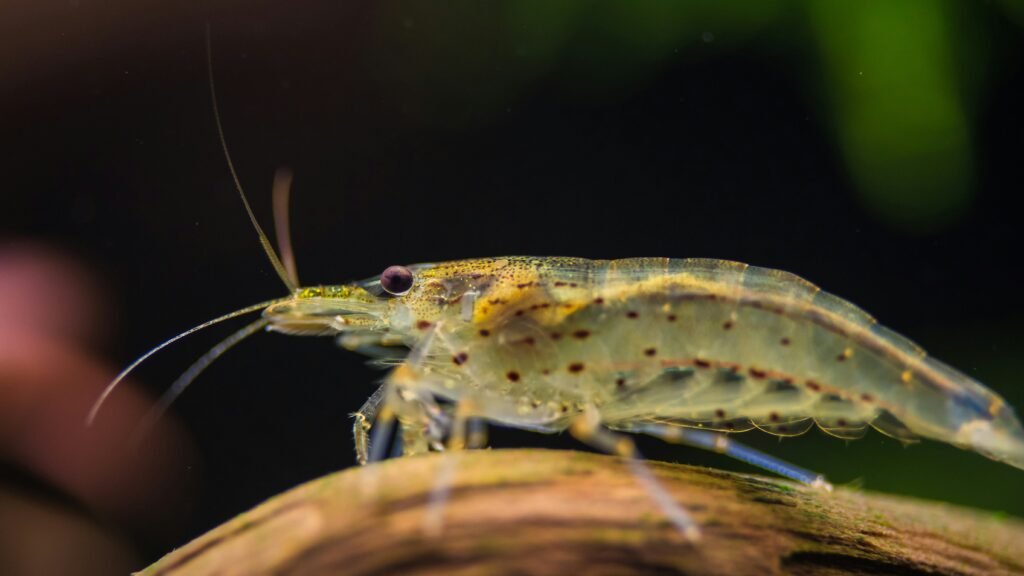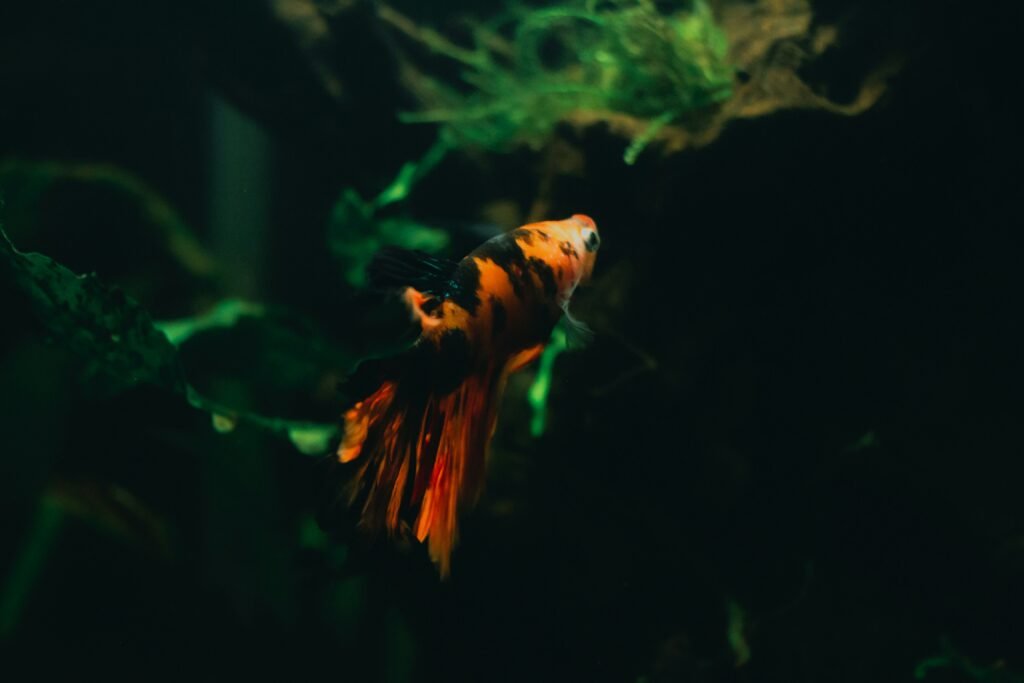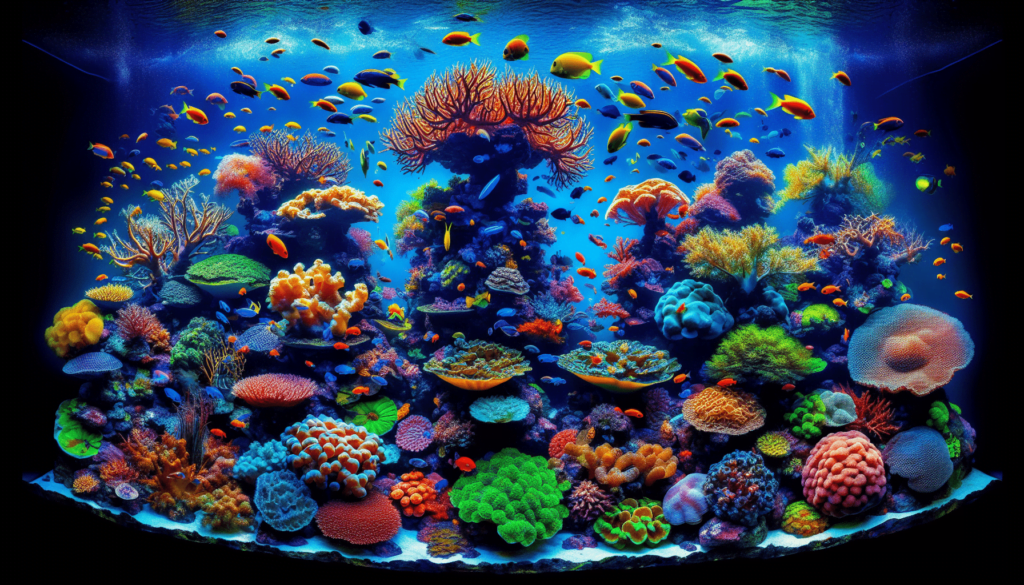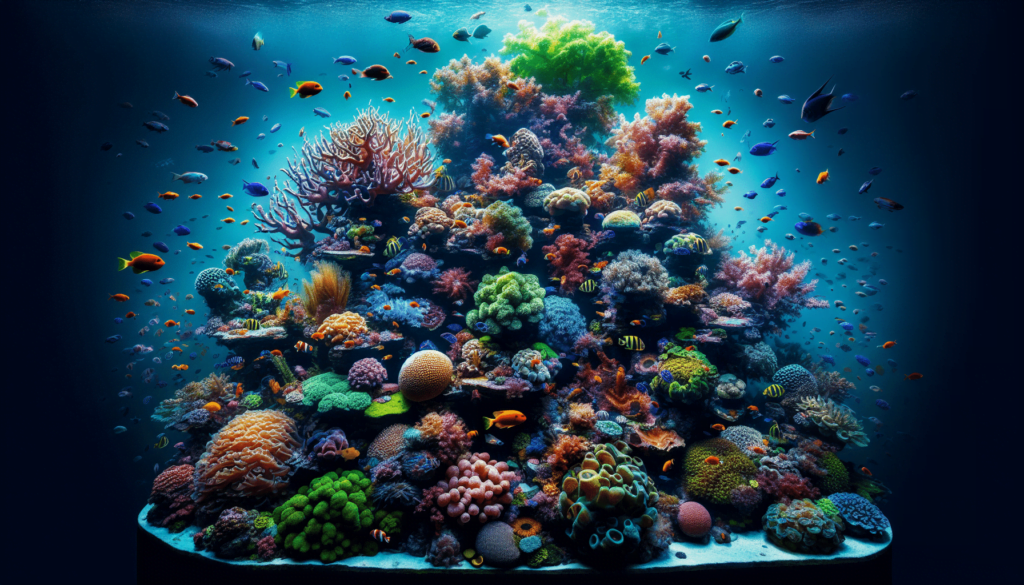Imagine bringing the magic of the ocean right into your living room! In “Mastering Aquascaping: The Art of Reef Tanks,” you will learn all about creating a beautiful, underwater world filled with colorful corals and playful fish. You’ll discover how aquascaping—a special way of arranging plants, rocks, and other sea elements—can turn an ordinary aquarium into a stunning reef tank. This guide will teach you all the basics, from picking the best corals to understanding the latest trends and tips. Whether you’re a beginner or already love aquariums, this article will show you how to make your own breathtaking aquatic paradise.
Mastering Aquascaping: The Art of Reef Tanks
Have you ever looked at a fish tank and wondered how they create those beautiful underwater scenes?

Overview
Aquascaping is like gardening, but underwater! Instead of planting flowers and trees, you’re arranging rocks, coral, and other underwater plants to make a beautiful home for your fish. Reef tanks are a special type of aquascaping where the main stars are corals and marine creatures.
Thesis Statement
Learning to master reef tanks combines art and science to create stunning, thriving underwater ecosystems. This guide will help you understand the basics, history, current trends, and some advanced techniques in aquascaping reef tanks.
Historical Context
Aquariums have been around for thousands of years. Ancient Romans and Chinese kept fish in ponds for enjoyment and as a food source. The modern hobby of keeping fish in homes began in the Victorian era. People started to include plants and rocks to make the inside of their tanks look more natural and appealing, which gradually evolved into the Art of Aquascaping.
Important Milestones
| Year | Milestone |
|---|---|
| 1850s | First home aquariums become popular |
| 1920s | Use of air pumps to circulate water |
| 1990s | Introduction of modern reef aquariums |
Current Trends
Today, aquascaping is considered an art form, and many people compete in aquascaping contests. The technology has also improved, making it easier to maintain reef tanks. LED lighting, specialized water filters, and ready-made coral structures are popular trends. People are also more aware of sustainability and often choose environmentally friendly options.

Key Concepts and Definitions
Before diving into the nuts and bolts of reef tanks, let’s understand some key terms:
- Aquascaping: Designing and arranging underwater landscapes.
- Reef Tank: An aquarium designed to mimic natural coral reefs.
- Coral: Marine life that builds large skeletons, forming reefs.
- Live Rock: Rocks sourced from the ocean that contain living organisms.
- Cycled Tank: An aquarium that has developed the necessary beneficial bacteria to support marine life.
Detailed Exploration
Setting Up Your Reef Tank
Creating a reef tank starts with planning. Here’s a step-by-step guide to help you:
- Choose the Right Tank: For beginners, a tank between 30-50 gallons is ideal.
- Select Your Equipment: You’ll need a heater, filter, lighting, and a protein skimmer.
- Add Substrate: Use sand or crushed coral for the bottom.
- Arrange Live Rocks: Place them in a way that creates caves and hiding spots for fish.
- Cycle Your Tank: Let the tank run without fish for a few weeks to build up good bacteria.
Choosing Your Inhabitants
Not all marine creatures are suitable for a reef tank. Here are some hardy choices for beginners:
- Clownfish: Familiar from the movie “Finding Nemo,” they are colorful and easy to care for.
- Soft Corals: Types like Zoanthids and Mushroom Corals are more forgiving for beginners.
- Invertebrates: Snails, crabs, and shrimp help clean the tank.
Maintenance Tips
Keeping a reef tank beautiful and healthy requires regular maintenance:
- Regular Water Changes: Change about 10-15% of the water every two weeks.
- Monitor Water Quality: Keep an eye on pH, salinity, and nitrate levels with test kits.
- Feed Wisely: Feed your fish and corals the right amount to avoid overfeeding and water pollution.
- Clean Regularly: Remove algae from the glass and clean the filter as needed.

Example 1: Successful Reef Tank
Meet Jake, a 12-year-old who set up his first reef tank. He followed the steps outlined above and successfully introduced a pair of clownfish, some soft corals, and a few snails. He spends a few minutes every day making sure his tank is in good shape. Jake’s tank has become the pride of his living room, and his friends love to come over and watch the fish swim.
Example 2: Learning from Mistakes
Emma tried setting up a reef tank but faced some challenges. She added too many fish too quickly, and her water quality suffered. With careful guidance, Emma adjusted her maintenance routine, did regular water changes, and her reef tank eventually stabilized. Emma learned the importance of patience and regular monitoring.

Comparison of Different Perspectives
There are different ways to create and maintain reef tanks. Some people like to have densely packed tanks with many types of corals and fish, while others prefer a minimalist approach. Both methods have their advantages and disadvantages:
| Approach | Advantages | Disadvantages |
|---|---|---|
| Densely Packed | More diverse, visually striking, natural ecosystem | Higher maintenance, risk of overpopulation |
| Minimalist | Easier to maintain, less stress on creatures | Less diversity, may look less vibrant |
Impact Assessment
A well-maintained reef tank can be a source of joy and relaxation. They also serve as educational tools, teaching about marine biology and responsibility. However, they require investment in time and resources, so it’s important to manage them well and choose sustainable options.

Future Directions and Implications
Predictions
With advancing technology, we might see even more user-friendly reef tanks. Automated systems can help maintain water quality and monitor tank conditions. Virtual reality might even allow you to design and preview your aquascape before setting it up.
Implications
Maintaining reef tanks can help support coral conservation. Ethical sourcing of live rocks and corals ensures we don’t harm natural reefs. Educating people about marine life through reef tanks can foster a greater appreciation for preserving our oceans.
Conclusion
Recap
Mastering aquascaping, especially with reef tanks, is a rewarding hobby. Starting with the right tank, being patient during setup, and regular maintenance are key to success. Remember that each tank is unique, just like a mini-world under the ocean.
Final Thought
What kind of underwater masterpiece will you create?
Engagement
Feel free to ask questions, share your reef tank journey, or explore more tips and resources on aquascaping!
Credible Sources
Here are some resources for further reading:
- “The Reef Aquarium” by Julian Sprung and J. Charles Delbeek
- Reef Central – www.reefcentral.com
- Marine Depot – www.marinedepot.com
Happy aquascaping!



